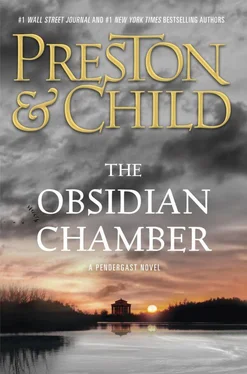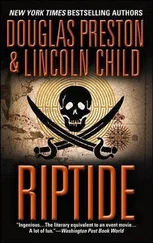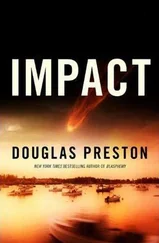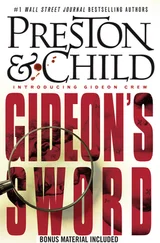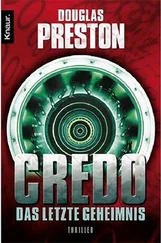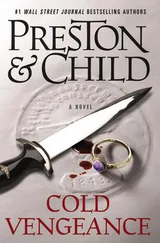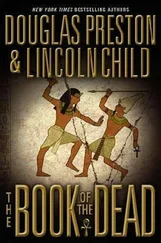Constance woke to the sound of music. She sat up in bed and pushed the sheets to one side. She had been dreaming of music. But which piece? It had seemed full of longing, pathos, and unrequited passion.
She rose and passed out of the bedroom into her small library. These late-afternoon naps, she decided, would need to be curtailed. It was not at all her way, and she did not want them to become habitual. Such behavior — excessive or uncharacteristic sleeping — was, she suspected, a manifestation of her grief.
And yet grief was not, at the moment, what she felt — not precisely. She could not say exactly what mixture of emotions filled her, save that they were subtle and contradictory.
She had intended to spend the morning writing in her journal. Instead, she found herself translating and transcribing some of the poems of Catullus, and then — for some reason she could not quite fathom — several poems from Mallarmé’s collection, Poésies . Mallarmé’s style was notoriously difficult to translate effectively into English, and at last, growing fatigued, she turned her attention to music instead.
Since “going underground”—as she referred to it in her own mind — she had been listening to the string quartets of Shostakovich, in particular the third. The final movements always reminded her of Madeline Usher and the strange, cataleptic death-in-life fit that sealed her doom in Poe’s story. In some ways Constance, too, had been feeling buried alive, like Madeline: living in self-enforced exile beneath the Manhattan streets. The restless, anxious dissonances of Shostakovich suited her mood; their grief mirrored her own.
But this afternoon, she had reached for Brahms instead of Shostakovich: the Piano Trios, to be precise. While they, too, were complex and philosophical, they were also lush, beautiful, and without the deep sadness of Shostakovich.
As she listened, a strange somnolence settled over her, and she had gone into her bedroom, intending just to lay her head on the pillow for ten minutes or so. But instead, three hours had passed: it was eight o’clock; and Mrs. Trask would have her daily meal waiting in the library elevator. Over the course of the day, rather than deciding to upbraid Mrs. Trask for the luxuriousness of the recent dinners, she had found herself wondering what the evening’s tray would contain.
She gathered up the dishes from the previous night’s meal, along with an electric torch and the half-empty bottle of wine, and went down the corridor to the secret entrance to her rooms. She pressed the unlocking trigger; the improvised stone door opened into the chamber full of Japanese woodblock prints — and then she froze in shock.
There — on the floor directly in front of her concealed doorway — sat a single flower in a cut-glass vase.
Constance released her grip, letting the silver tray, plates, and bottle drop to the floor with a crash. But it was not a reflexive movement of surprise — it was to free her hands in order to draw out the antique Italian stiletto she kept on her person at all times. Springing the blade, she shifted the beam of her torch from left to right, knife at the ready, as she peered around.
Empty. She stood there, the sense of shock giving way to a flood of anxious speculation. Somebody had been there — someone had penetrated her sanctum sanctorum.
Who was responsible for this intrusion? Who knew enough to access this most private, hidden, inaccessible of places… and what possible meaning could be ascribed to the flower?
She considered running to the stairs and ascending them as quickly as she could — leaving behind this dark sub-basement with its endless black chambers, grotesque collections, and innumerable places of concealment — to rush back to the library and the fire, back to Mrs. Trask and Proctor and the land of the living. But this impulse died quickly. Constance had never run from anything in her life. She sensed, furthermore, that she was in no immediate danger: the book of poems, the feather, the flower, were not the work of a villain. Somebody who wanted her dead could easily have killed her while she slept. Or poisoned her food. Or stabbed her as she traversed the galleries on her way to and from the elevator.
Her mind went back to the feather, marking the love poem; the fresh notation in the margin of the unfamiliar book. This was no caprice of her imagination: clearly, the person had already penetrated her secret rooms. The book, the feather, the flower — all this, it seemed to her, was a message. An eccentric message, no doubt — but a message that, though she did not understand it, had nothing of threat about it.
Constance stood quite still for about ten minutes. The shock had faded, followed by the sense of fear; but it took much longer for the uncomfortable sense that her privacy had been violated to ebb.
It did not ebb entirely.
Finally — leaving the broken plates and wine bottle on the floor, and securing a spare torch — she exited the room of Japanese prints and began a painstaking search of the sub-basement, collection by collection, room by room. She conducted her search in perfect silence, alert at all times for the faintest sound, the least glimmer of light.
She found nothing. The floor was either stone or hard-packed earth; no shoe or boot would leave an impression. Areas of dust did not seem recently disturbed. Nothing else was out of order that she could recall. The vast, shadowed-haunted galleries appeared as they always had.
Reaching at last the stairway leading upward, she stopped. If the person or persons had exited the sub-basement, there was no longer any point in continuing the search.
Now she returned to the entrance of her secret chamber, and the flower in its cut-glass vase. It was an orchid of the rarest beauty — but of a variety unknown to her. The exterior of the labellum was pure white, of an elongated shape. Inside it was pink, flushing almost red near the stamen.
Constance examined it for several minutes, her mind drifting over the various possibilities, none of which seemed likely, or even possible. Shaking her head, she cleaned up the broken glassware and crockery, piled it on the silver tray, and took it upstairs to the elevator, placing it inside for Mrs. Trask to collect. She removed the new tray with its covered dish — from which rose a heavenly aroma. Next to it, nestled in a silver bucket full of crushed ice and draped with a linen cloth, was a bottle of Perrier-Jouët Fleur de Champagne. She carried them back to the sub-basement. But instead of retreating as far as her private set of rooms, she stopped in the chamber that contained Enoch Leng’s vast collection of dried flowers and other flora. Here, setting the tray and bucket on an ancient desk, she consulted several encyclopedic books on the subject, including a few devoted to orchids. While she worked, her eyes strayed to the bottle of champagne, and on impulse she slid it from the ice, popped the cork, and poured herself a small glass.
Despite a thorough search of the dusty tomes, she could find no match to the flower that had been left, apparently, for her. But these books were half a century old, and no doubt other orchids had been bred, or discovered, in the years since.
She continued on to her set of rooms, closing the stone door behind her. Entering the small library, she settled at her desk, poured herself another glass of champagne, and booted up her laptop that — thanks to a Wi-Fi repeater installed in the basement — had limited access to the Internet.
It was the work of fifteen minutes to find a precise match. The flower was a newly discovered species of Orchidaceae, native to the Himalayas. It had been collected along the Tibetan-Indian border.
And it had been named Cattleya constanciana .
Читать дальше
